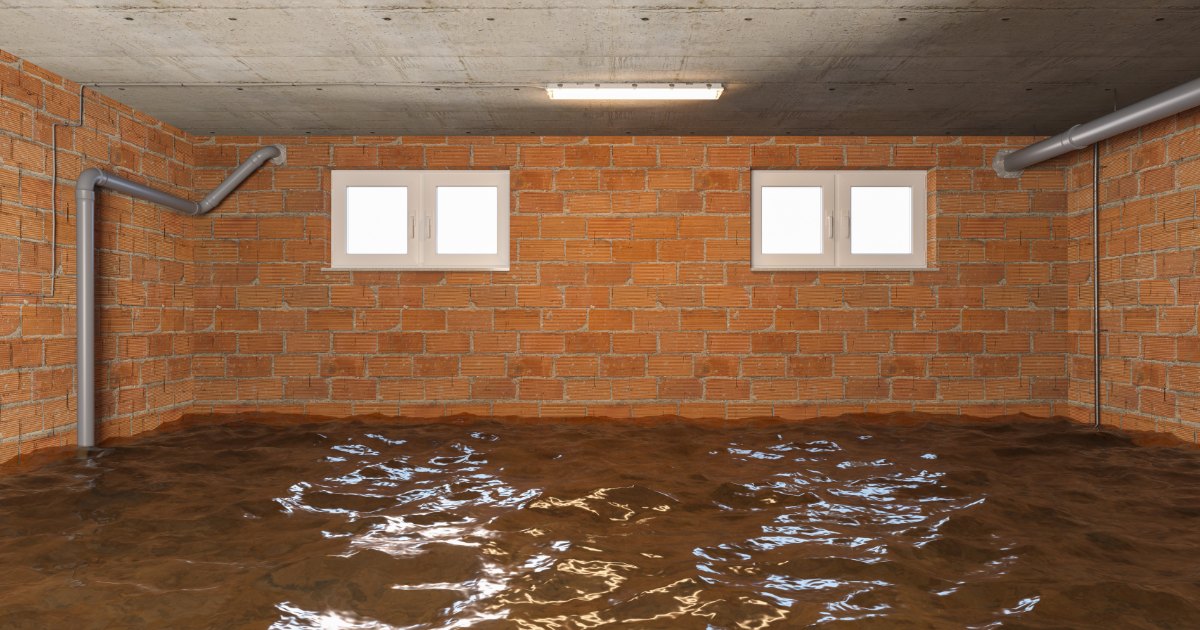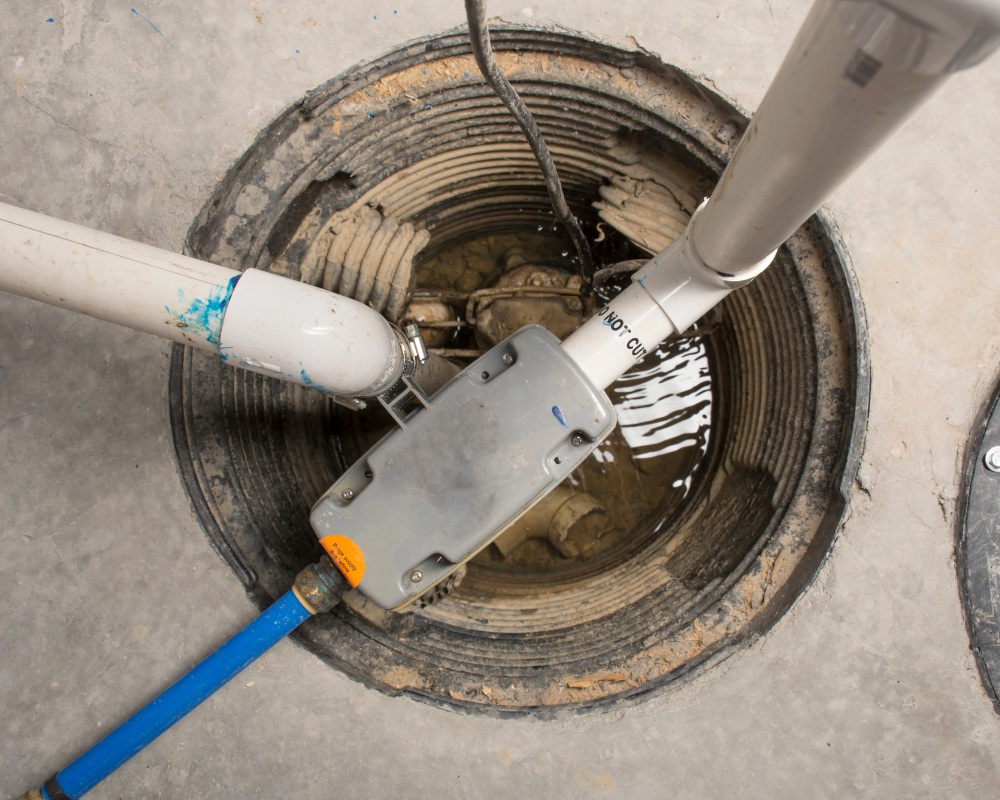
By Mike Porco / in sewer backup, Sewer Backup Guide: Tips From Our Sewer Backup Water Damage Experts /
Sewer Backup Guide: Tips From Our Sewer Backup Water Damage Experts
By: 911 Water Damage Experts
Sewer backups can be a nightmare for homeowners, causing significant damage and posing serious health risks.
Understanding the causes and taking preventative measures can save you from the hassle and expense associated with this problem.
This article will delve into the intricacies of sewer backup, highlighting the signs, common causes, health risks, and effective prevention strategies.
By the end of this guide, you’ll be well-equipped to protect your home from the detrimental effects of sewer backup.
Let’s get right into it!
What Is Sewer Backup?
A sewer backup occurs when wastewater flows back into your home instead of being carried away by the sewer system. This can result in contaminated water flooding your home, leading to damage and health hazards. Common causes of sewer backup include blockages, heavy rainfall, and deteriorating pipes.
Interesting Fact: Did you know that the first known sewer systems date back to ancient Rome? These early systems were designed to carry waste away from populated areas, much like our modern systems.
Signs Of Sewer Backup
Recognising the early signs of a sewer backup can help you address the issue before it escalates. Here are some indicators to watch out for:
- Slow Drains: If multiple drains in your home are slow, it could signal a blockage in the main sewer line.
- Gurgling Sounds: Unusual gurgling noises from toilets or drains often indicate trapped air in the pipes due to a blockage.
- Foul Odours: A persistent sewage smell in your home is a clear sign of a problem.
- Water Backups: Water backing up in toilets, sinks, or drains, especially when using other plumbing fixtures, is a strong indicator of a sewer issue.
Interesting Fact: The human sense of smell can detect certain chemicals at concentrations as low as one part per billion. This makes foul odours a particularly effective early warning sign for sewer problems.
Common Causes Of Sewer Backup
Understanding the common causes of sewer backups can help you prevent them. Here are the main culprits:
- Blockages in the Sewer Line: Accumulation of grease, debris, and non-biodegradable materials like wipes and sanitary products can block the sewer line.
- Heavy Rainfall or Flooding: Excessive rain can overwhelm the sewer system, causing water to back up into homes.
- Damaged or Deteriorating Sewer Pipes: Older pipes made from materials like clay or cast iron can crack or collapse, leading to backups.
- Improper Disposal of Household Items: Items like cooking grease, coffee grounds, and paper towels can clog your pipes and cause backups.
Interesting Fact: Tree roots can extend up to three times the diameter of the tree’s canopy. These roots can infiltrate and damage sewer lines, leading to significant blockages.
Health Risks Associated With Sewer Backup
Sewer backups are not just an inconvenience; they pose serious health risks. Here’s why you should address sewer issues promptly:
- Exposure to Harmful Bacteria and Viruses: Sewer water contains pathogens that can cause illnesses like gastroenteritis and hepatitis.
- Potential for Mould Growth: Moisture from sewer backups can lead to mould growth, which can trigger allergies and respiratory issues.
- Respiratory Issues and Infections: The bacteria and mould associated with sewer backups can lead to serious respiratory problems and infections.
Interesting Fact: According to the World Health Organisation, exposure to mould can increase the risk of asthma in children by 40%.
Preventative Measures
Taking proactive steps can prevent sewer backups and protect your home. Here are some effective measures:
- Regular Maintenance and Inspection of Sewer Lines: Schedule regular inspections to detect and address potential issues before they become severe.
- Proper Disposal of Waste and Household Items: Avoid flushing items like wipes, sanitary products, and cooking grease down the drain.
- Installing a Backwater Valve: This device prevents sewage from flowing back into your home during heavy rainfall or blockages.
- Avoiding Planting Trees Near Sewer Lines: Plant trees away from sewer lines to prevent root infiltration.
- Ensuring Proper Drainage Around the Home: Make sure your home’s drainage systems direct water away from the foundation to prevent overloading the sewer system.
Interesting Fact: Backwater valves are so effective that some municipalities offer rebates to homeowners who install them as a preventative measure.
What To Do If You Experience A Sewer Backup
If you suspect a sewer backup, it’s important to act quickly to minimise damage and health risks. Here’s what you should do:
- Immediate Steps to Take:
- Turn off the water supply to prevent further backup.
- Avoid using plumbing fixtures until the issue is resolved.
- Keep children and pets away from the affected area to prevent exposure to contaminants.
- Contacting a Professional: Call a professional water damage company and plumber to inspect and address the issue. They have the tools and expertise to handle sewer backups safely and effectively.
- Cleaning and Disinfecting Affected Areas: Once the plumber has resolved the issue, clean and disinfect the affected areas thoroughly to remove any harmful bacteria and prevent mould growth.
- Filing an Insurance Claim: If your insurance policy covers sewer backups, file a claim to cover the cost of repairs and cleaning.
Interesting Fact: The cost of cleaning up a sewer backup can range from £1,000 to £10,000, depending on the extent of the damage and contamination.
Hiring A Professional Sewer Backup Company
When dealing with sewer backups, hiring a professional company is often the best course of action.
Here’s what you need to know:
- When to Call a Professional: If you notice signs of a sewer backup or if the issue is beyond your ability to handle, it’s time to call a professional.
- What to Look for in a Professional Plumber or Sewer Backup Specialist:
- Check for proper licensing and insurance.
- Look for reviews and recommendations from previous customers.
- Ensure they have experience dealing
- Questions to Ask Before Hiring:
-
- What is your experience with sewer backups?
- What is your estimated timeline for resolving the issue?
- Do you offer any guarantees or warranties on your work?
- What preventative measures do you recommend to avoid future backups?
Interesting Fact: The average plumber in Canada charges between $130 – $300 per hour, but this can vary depending on the complexity of the job and the region.
Cost Of Sewer Backup Repairs
Understanding the costs associated with sewer backup repairs can help you budget and prepare for potential issues. Here are some factors to consider:
- Typical Costs: The cost of sewer backup repairs can vary widely depending on the extent of the damage, the type of materials used, and the need for any specialised equipment. On average, homeowners can expect to pay between $1,000 and $10,000.
- Factors That Influence Cost:
- Severity of the backup and extent of the damage
- Materials and equipment required for repairs
- Labour costs and the duration of the repair process
- Additional costs for cleaning and disinfecting affected areas
- Importance of Regular Maintenance to Avoid Costly Repairs: Regular inspections and maintenance can help identify potential issues before they become severe, saving you money in the long run.
Interesting Fact: Many insurance policies cover sewer backup damage, but it’s important to check your policy details and understand any exclusions or limitations.
If you have any questions about our article “Sewer Backup Guide: Tips From Our Sewer Backup Water Damage Experts” or need sewer backup services feel free to call us at 1-833-WE-DRY-IT anytime 24/7/365 or chat with us in near real-time on our Facebook fan page.
Related Posts
Fire Damage Restoration Articles
The Dos And Don’ts Of Commercial Fire Damage
Forest Fire House Damage: What To Do After Your House Is Damaged By A Forest Fire And Who to Call?
Fire prevention tips for the summer
How to clean up after a house fire
Fire damage restoration checklist
Fire damage tips: 6 hazards property owners miss
How smoke from fires can negatively affect your health
What are the most common causes of house fires?
10 helpful smoke damage cleaning tips
Mould Removal Restoration Articles
Is Bathroom Mould Dangerous? Powerful Mould Prevention Tips Inside
Dangers Of Bathroom Mould And Tips On How To Clean And Prevent It
Got Bathroom Mould? Here Are Some Must-Know Bathroom Mould Cleaning Tips
5 Signs You Have Mould Growing In Your Walls
“Can I Remove Mould Myself?” Our Mould Removal Experts Have Answers
7 Must-Know Reasons Why You Should Get A Mould Inspection Before Buying A House
Does Mould Attract Bugs? Yes And Here’s What Kind And Why
How To Remove Mould From The Attic [Mould Prevention Tips Inside]
How Rain Causes Mould Growth-Prevention Tips Included
Must-Know Tips: How To Remove Mould In Your Basement
Water Damage Restoration Articles
How to prevent home storm damage
What you can expect from a fire damage restoration company
Water damage prevention tips from the most common problems we’ve seen
Top causes of water damage in commercial buildings and how to find them
Must-know water damage tips: What to do after your house floods
What does good water damage restoration look like?
DIY water damage restoration and the hidden dangers
How to choose the right water damage company
Flast floods: What to do before, during and after a flash flood
What to do when your attic leaks?
This is why water damage is a silent home killer
Related Water Damage Services
Fire damage restoration services
Water damage restoration services
Emergency cleanup services
Mould removal services
Weather damage services


